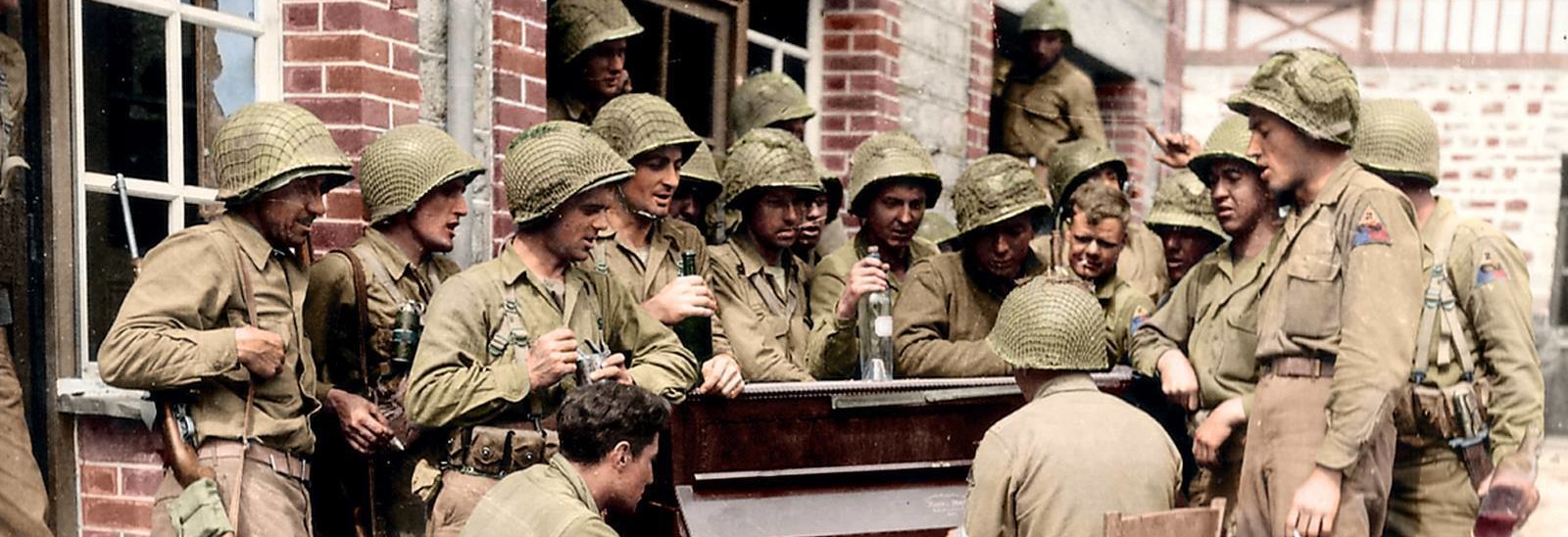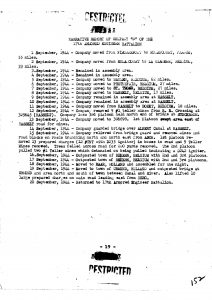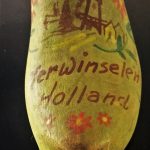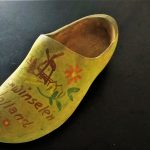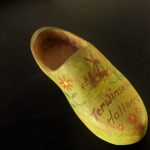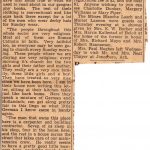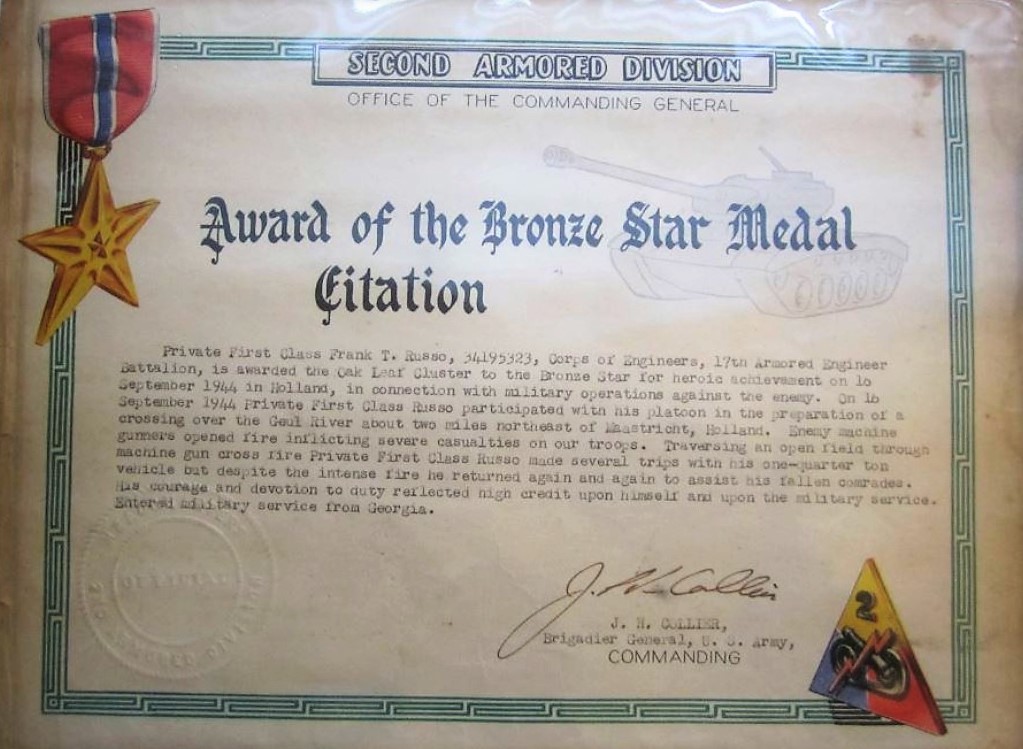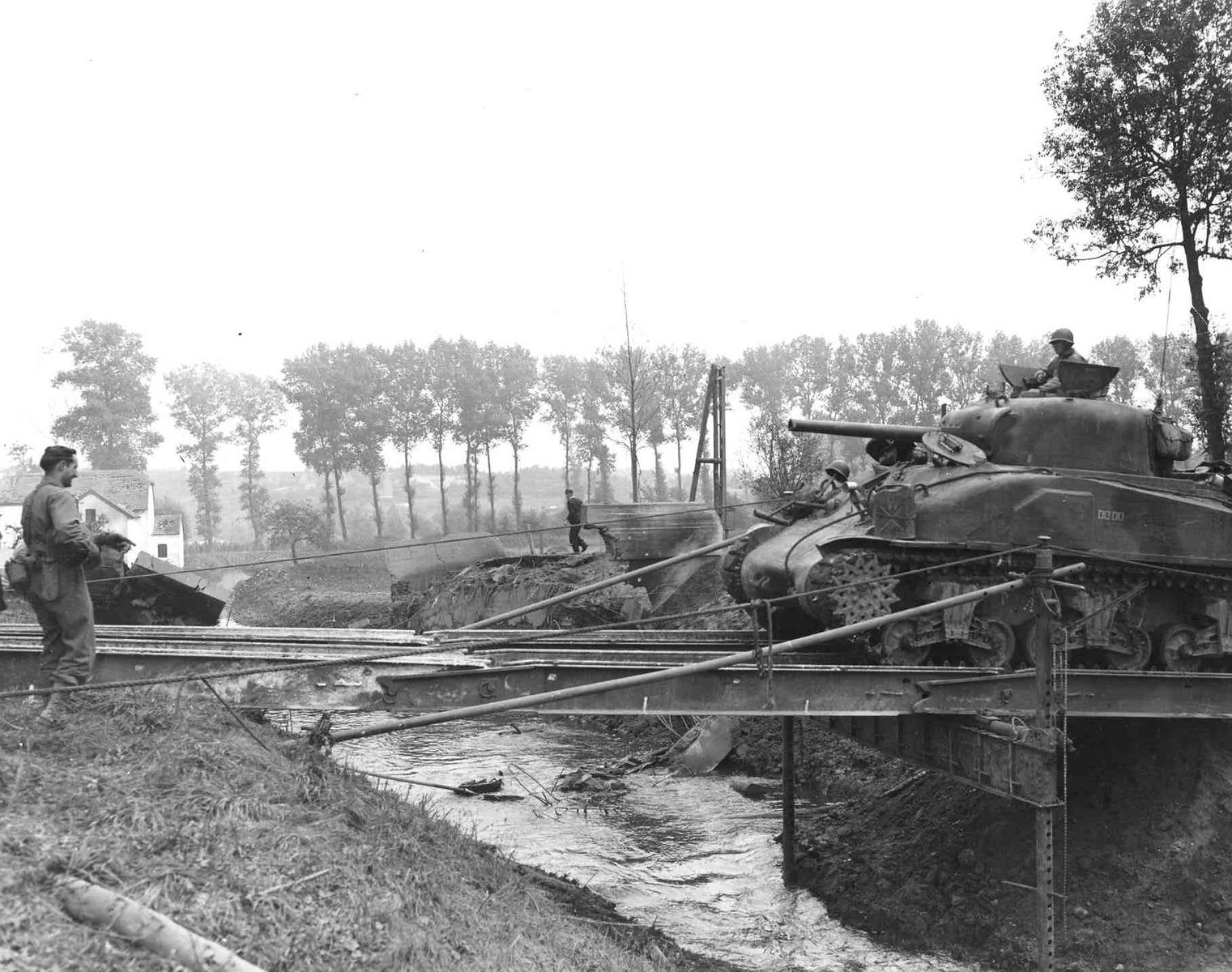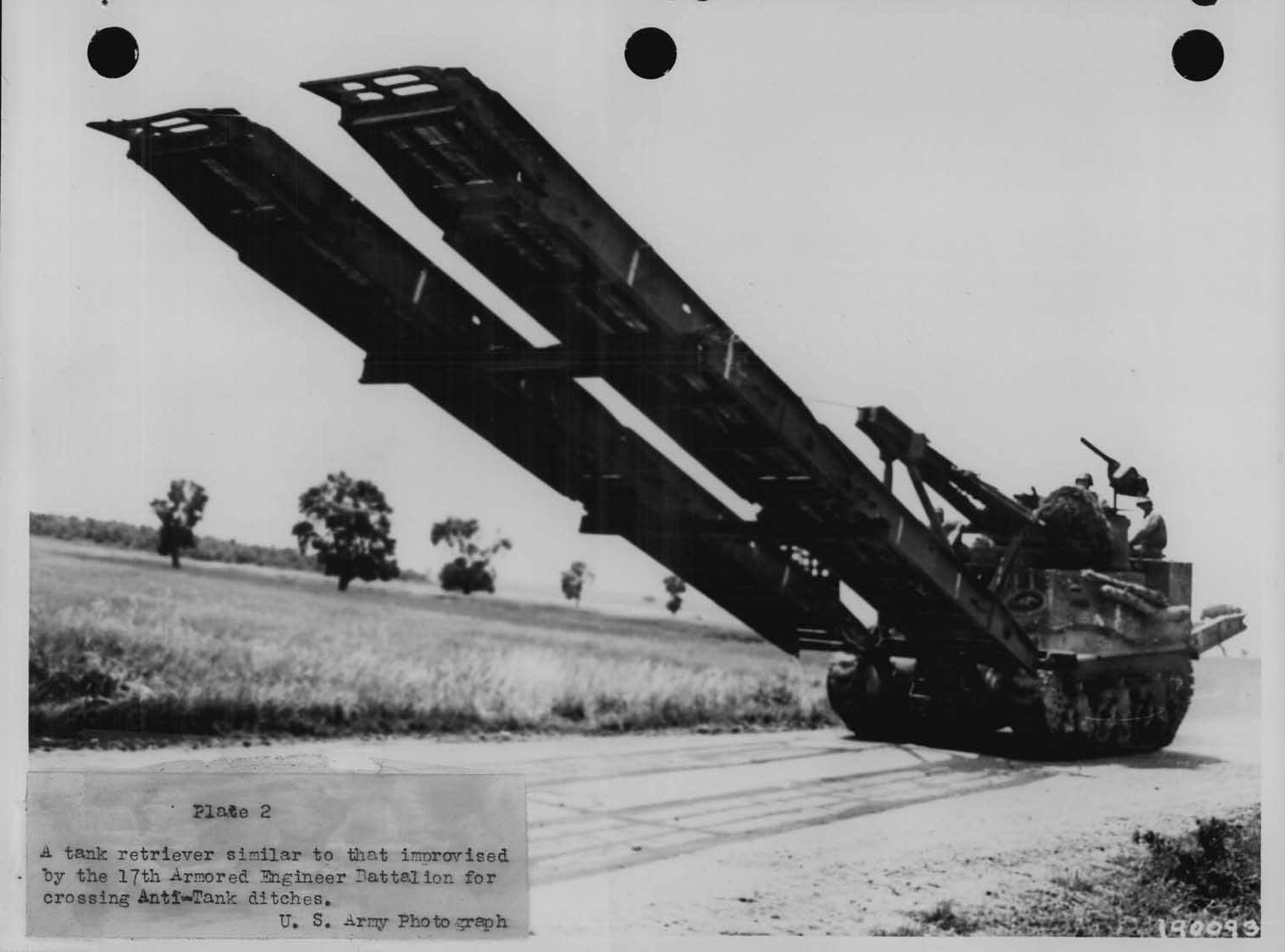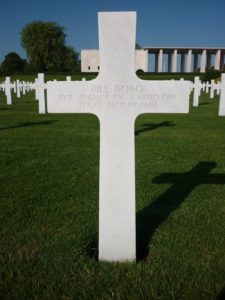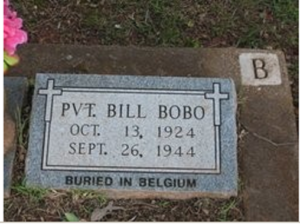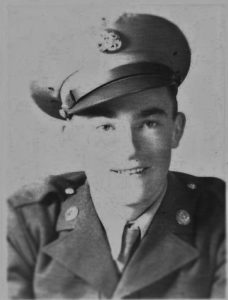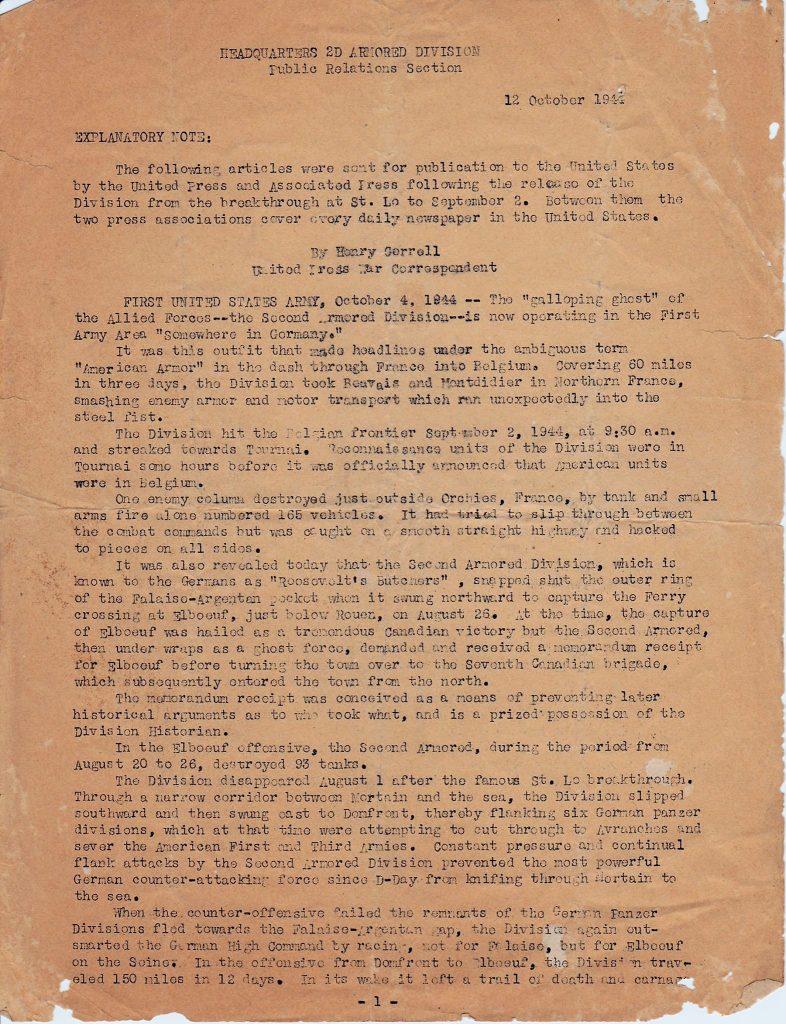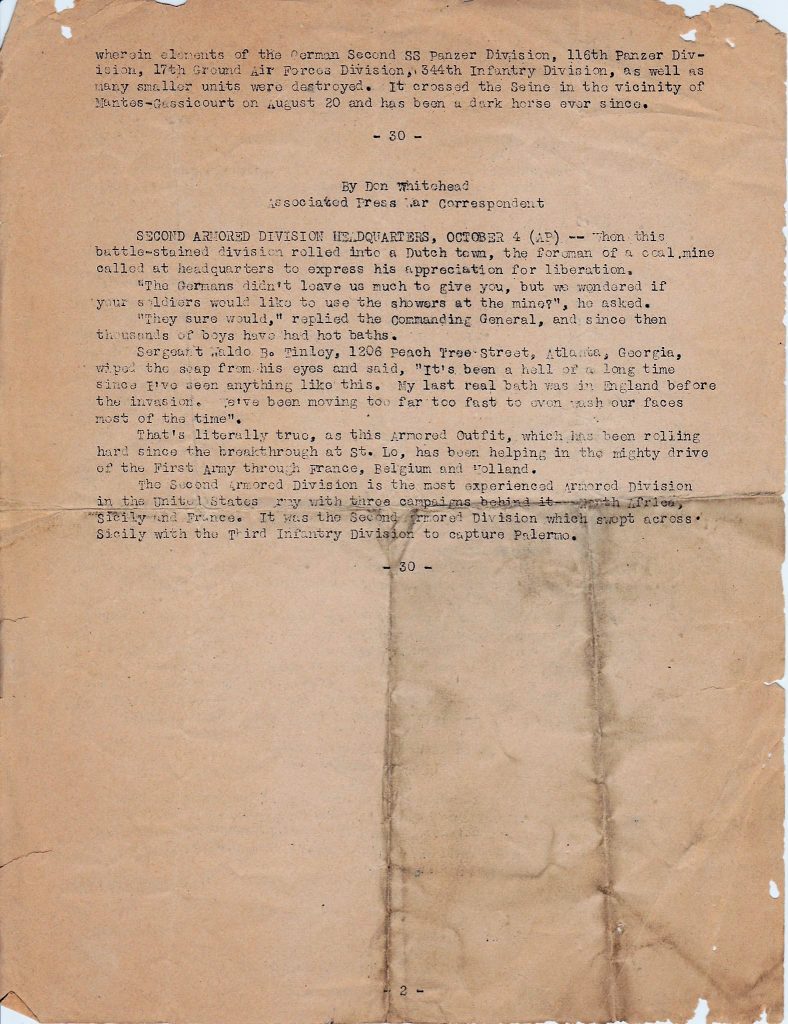The steady drive of the division had paused only for short halts since leaving the Barenton area, though all men will remember how strained supply lines were becoming, how, for instance, the Engineers on road block with tanks pulled into position one night and when vehicular engines were switched off there was not enough gasoline in the tanks to start them off again. Supply trucks were racing back every night to dumps that tried to move right behind the combat troops, and it was surprising how well they were able to do this. No one went hungry. Gas had to be rationed instead of “filling up” every vehicle, but the armoured columns kept moving and kept up the steady pressure against a confused enemy until even the “holy” Fatherland was crossed by American tracks. Not until Geilenkirken was sighted on the edges of the Siegfried Line did the Second Armored Division stop to reorganize and enter a situation calling for new tactics.
Companies ”B” and “C” followed the drive trough Holland on into Germany in September. Co. “D” remained with the 82nd Rcn Bn, outposting the towns of Asch, Rekern, Raar and Urnond. during the period 15-19 September, and on the 20th rejoined the Bn which had moved into an area three miles southeast of Sittard. Co. ”E” remained near Maastricht and on 23th Sept. Removed the bridge from the Meuse River.
Edit 1: For more information about Company D see: After Action report 17th Armored Engineer Battalion Company D september 1st, 1944 to september 29th 1944
Edit 2: Note: These wooden shoes (called “klompen” in Dutch) were taken back home as souvenirs by T/SGT Gordon J Ketchpaw. The 17th Engineers of Company E were billeted as guests in civillian homes during last two weeks of september 1944 around Maastricht in Holland.
In the town of Valkenberg, (edit: ValkenbUrg) Holland, enemy resistance was fairly stiff, and the Germans demolished the bridges across the creek (edit:creek called the “Geul”) in the center of the town while CC ”A” was fighting there. The 3rd Platoon of Co. ”C” under Lt. Mc Namee was send there, and under mortar fire which hit one halftrack and injured several soldiers, repaired the crossing by filling it with rubble to allow tanks to cross and reinforce the Infantry on the other side.
(Edit 3: during the action in Valkenburg,Holland, Private First Class Frank T. Russo earned the Oak Leaf on his Bronze Star, read his Official Citation for more info)
Award of the Bronze Star Medal Citation
Private First Class Frank T. Russo, 34195323, Corps of Engineers, 17th Armored Engineer Battalion, is awarded the Oak Leaf Cluster to the Bronze Star for heroic achievement on 16 September 1944 in Holland, in connection with military operations against the enemy. On 16 September 1944 Private First Class Frank T. Russo participated with is platoon in the preparation of a crossing over the Geul River about two miles northeast of Maastricht, Holland. Enemy machine gunners opened fire inflicting severe casualties on our troops. Traversing an open field through machine gun cross fire Private First Class Russo made several trips with his one-quarter tons vehicle but despite the intense fire he returned again and again to assist his fallen comrades. His courage and devotion to duty reflected high credit upon himself and upon the military service.
Enterd Military Service from Georgia.J.H. Collier
Birgadier General, U.S. Army
COMMANDING
Co. ”A” crossed with the Combat Command, and the platoons were engaged in mine removal that day, 17 Sept. One the following day the 1st and 3rd platoons of Co. ”A” constructed two threadway bridges, each 60 foot long, the Co Hq moving to Vaesrade for the night and crossing the frontier into Germany 19 Sept. To bivouac near Niederbusch. The night of 19 Sept. Co. ”C” was alerted to join CC ”A” and moved from near Maastricht into Germany, crossing the border shortly before midnight. Still with CC ”B”, Baker Co. during this period passed through Maastricht on 15 Sept., and the next day the 1st and 2nd Platoons constructed two threat way crossings of 30 foot length over the Beck River (Edit: now called the river “Beek or Keutelbeek”), this work being done under heavy mortar fire and small arms fire. The enemy fire prevented the 3rd Platoon from building another bridge, but instead it crossed the river and removed a minefield then took outpost duty. The attack followed towards Sittard, and on 19 Sept. at Hillensberg the 1st Platoon was the first troops of CC ”B” to cross into Germany. That day the 3rd Platoon built a 30 foot bridge and removed three minefields. On 20 Sept. Co. ”B” reassembled and moved to an area near Krobeck, Holland to Prepare for the coming operations.
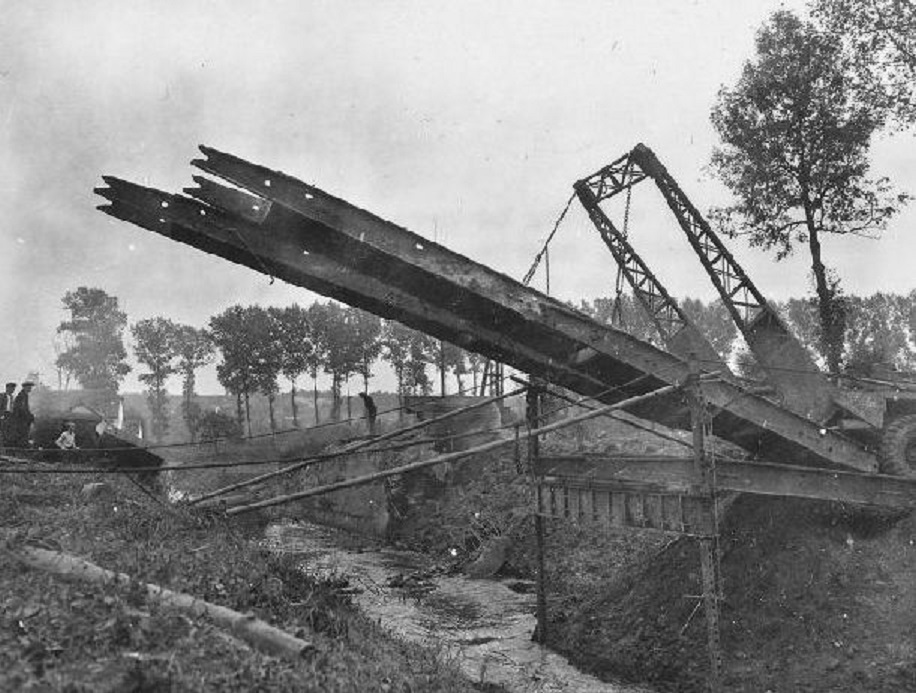
September_18_1944_built_a_bridge_across_the_Geleenbeek_stream_near_Kathagermolen (Source: Wikipedia)
Read more here: Constructed by: 17th Armored Engineer, Company “B” Date: 18 Sept, Build in time: 1,5 hours Place: Geleenbeek near Veasrade/ Nuth, Holland, Length: 60 Foot
In the CC ”A” sector, Co. ”A” had all platoons out with combat elements in the line, and Co. ”C” also was placed in the line as infantry, relieving Co. ”C”, 41st AIR and working with Co. ”E”, 66th AR. The three platoons dug in besides the tanks, and the three days they remained there under intermittent artillery fire. On 22 Sept. an enemy counterattack developed, and with the outposts spotting positions, artillery was called in and destroyed 15 vehicles and numerous personnel of enemy force. That which the next day platoons were rotated on outpost positions with Rcn Co. 66th AR, putting out numerous mines and booby traps to protect the left flank. This continued until CC ”A” was relieved from its position on 30 Sept.
“05-2021“
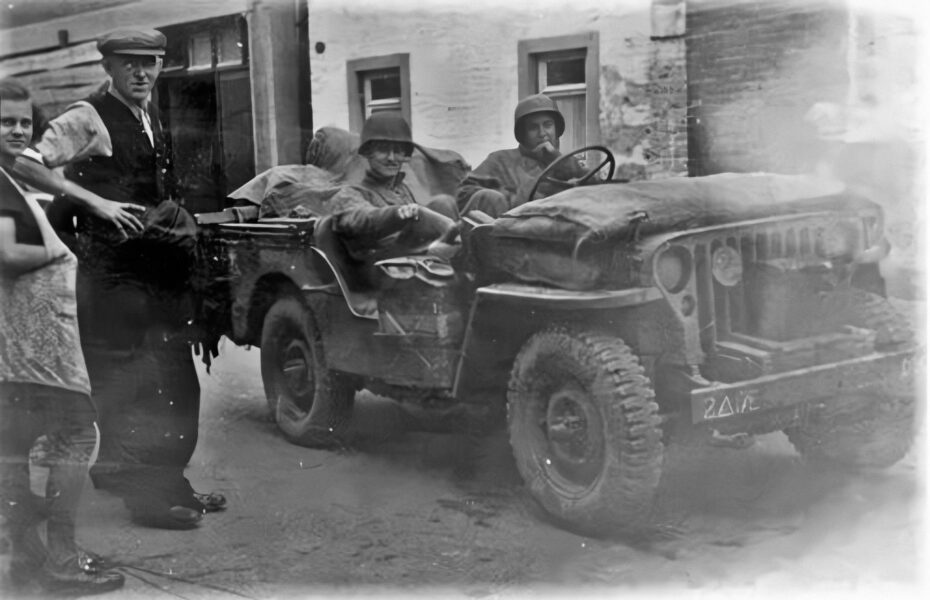
17th Engineer Jeep on tuesday afternoon on september 19, 1944. Taken at President Rooseveltstraat (it was called Broekstraat back then), Schinveld, Holland, with local civilians Joseph Zillen and Lies Joosten. On the left the Butchers shop of the family Zillen. (source ww2inLimburg.com)
Current location at the President Rooseveltstraat at Schinveld
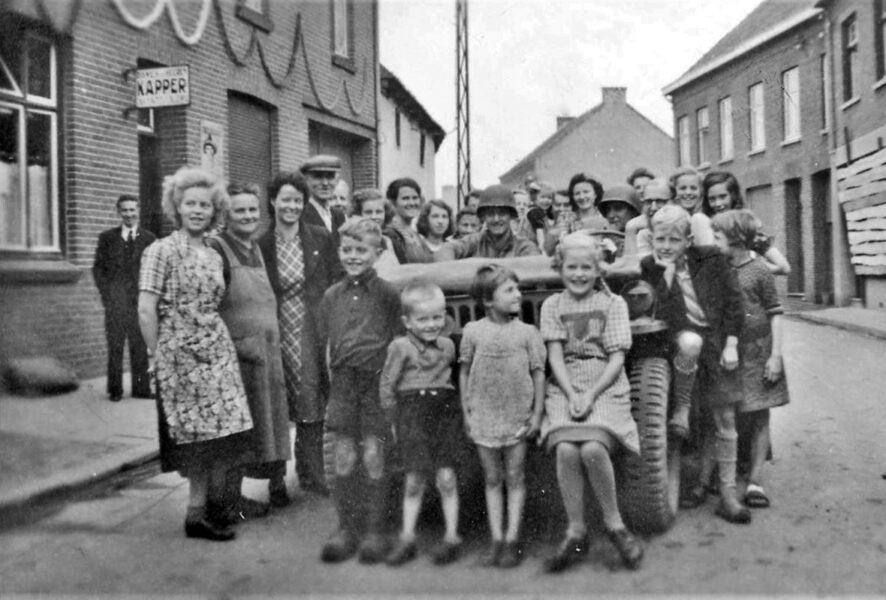
17th Engineer Jeep on tuesday afternoon on september 19, 1944. Taken at President Rooseveltstraat, Schinveld, The Netherlands, with local civilians Joseph Zillen and Lies Joosten (source ww2inLimburg.com)
Colorised version:
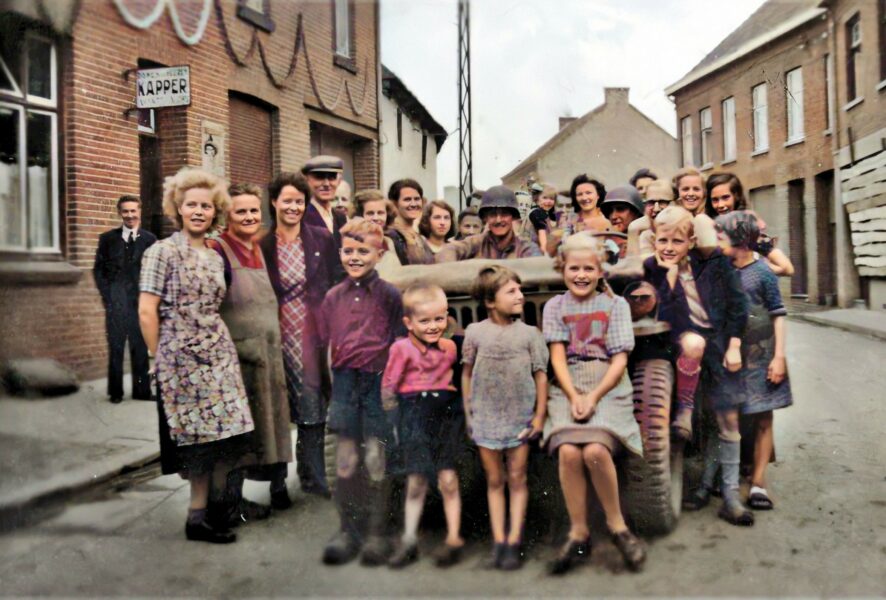
17th Engineer Jeep on Tuesday afternoon on september 19, 1944. Taken at President Rooseveltstraat, Schinveld, The Netherlands, with local civilians Joseph Zillen and Lies Joosten (source ww2inLimburg.com, colorised by MyHeritage)
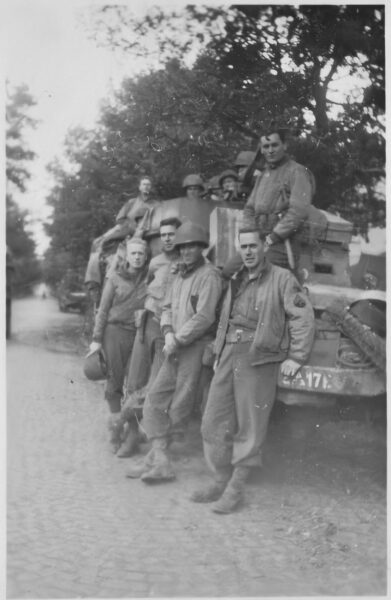
Engineers with their Halftrack of the 17th Armored Engineer Battalion, 2nd Armored Division, regio around Brunssum, The Netherlands, made by R. Waltmans. (Source: WW2insouthlimburg.com)
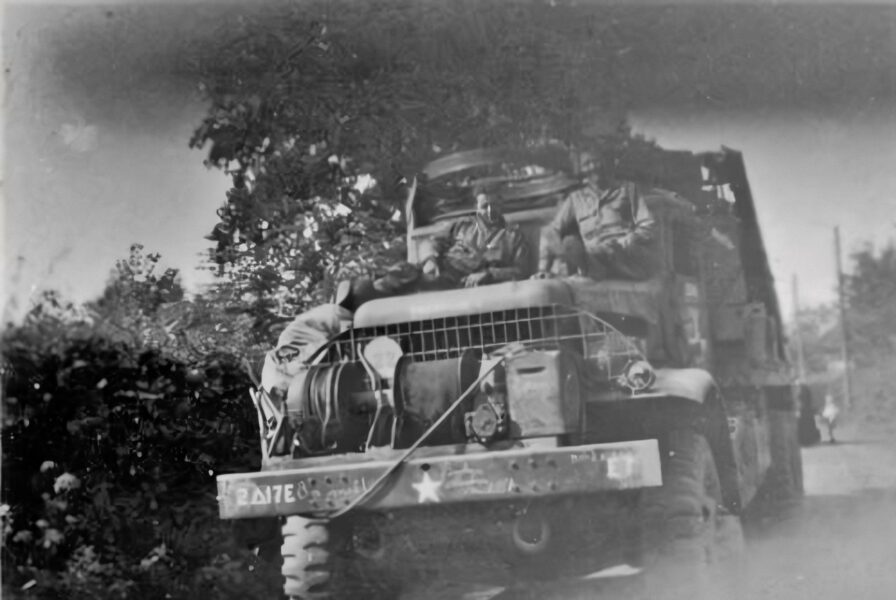
Brockway B666, Vehicle nr 7, E Company, 17th Armored Engineer Battalion, 2nd Armored Division, Titus Brandsmastraat, Schinveld, The Netherlands, 1944. (Source: unknown)
Current location Titus Brandsmastraat, Brunssum, the Netherlands
Edit 4: Private Bill William Henry Lejeune Bobo died non-battle on 29th September 1944
Article by the 2nd Armored Division, Headquarters 12 october 1944
(Fold and send with one of the many letters by Gordon Ketchpaw)
Transcribed by Stefan Mandos:
Headquarters 2nd armored division
public relations sections
12th October 1944
EXPLANATORY NOTE:
The following articles were sent for publication to the United States by the United press and associated Press following the release of The Division from the breakthrough at St. Lo to September 2. Between them the two press associations cover every daily newspapers in the United States.
By Henry Gerrell
United cross war correspondent
FIRST UNITED STATES ARMY, October 4, 1944 – “the galloping ghost” of the allied forces – The second armored division — is now operating in the first army area “somewhere in Germany.”
It was this outfit that made headlines under the ambiguous term “American Armor” in the dash through France intro Belgium. Covering 60 miles in three days, the Division took Reavais and Montdidier in Northern France, smashing enemy armor and motor transport which ran unexpectedly into steel fist.
The division hit the Belgian frontier September 2, 1944, at 9:30 a.m. and streaked toward Tournai. Reconnaissance units of the Division were in Tournai some hours before it was officially announced that American units were in Belgium.
On enemy column destroyed just outside Orchies, France, by tank and small arms fire alone numbered 165 vehicles. It has tried to slip through between combat command but was caught on a smooth straight highway and hacked to pieces on all sides.
It was also revealed today that the Second Armored Division, which is known to the Germans as “Roosevelt’s Butchers”, snapped shut the outer ring of the Falaise-Argenten pocket when it swung northward to capture the Ferry Crossing at Elboeuf, just below Rouen, on august 26. At the time, the capture of Elboeuf was hailed as a tremendous Canadian victory but the Second Armored then under wraps as a ghost force, demanded and received a memorandum receipt for Elboeuf before turning the town over to the Seventh Canadian brigade, which subsequently entered the town from north.
The memorandum receipt was conceived as a means of preventing later historical arguments as to who took what, and is a prized possession of the Division Hostorian.
In the Elboeuf offensive, the second Armored, during the period from August 20 to 26, destroyed 93 tanks.
The division disappeared August 1 after the famous St. Lo breakthrough. Through a narrow corridor between Mortain and the sea, the Division slipped southward and then swung east to Domfront, thereby flanking six German panzer divisions, which at that time were attempting to cut through to Avranches and sever the American First and Third armies. Constant pressure and continual flank attacks by the second Armored Division prevented the most powerful German counter-attacking force since D-Day from knifing through Mortain to the sea.
When the counter-offensive failed the remnants of the German Panzer Divisions fled toward the Falaise-Argentan gap, the Division again outsmarted the German High Command by racing, not for Falaise, but for Elboeuf ont the Seine. In the offensive from Domfront to Elboeuf, the Division traveled 150 miles in 12 days. In its wake it left a trail of death and carnage wherein elements of the German Second SS Panzer Division, 116th Panzer Division, 17th Ground Air Forces Division, 344th infantry Division, as well as many smaller units were destroyed. It crossed the Seine in the vicinity of Mantes-Gassicourt on August 20 and has been dark horse ever since.
By Don Whitehead
Associated Press War Correspondent
SECOND ARMORED DIVISION HEADQUARTERS, OCOTOBER 4 (AP) – When this battle stained division rolled in a Dutch town, the foreman of a coalmine called at headquarters to express his appreciation for liberation.
“The Germans didn’t leave us much to give you, but we wondered of your soldiers would like to use the showers of the mine?”, he asked. “They sure would,” replied the Commanding General, and since then thousands of boys have had hot baths.
Sergeant Waldo B. Tinloy, 1206 Peach Tree Street, Atlanta, Georgia, wiped the soap from his eyes and said, “It’s been a hell of a long time since I’ve seen anything like this. My last real bath was in England before the invasion. We’ve been moving too far too fast to even wash our faces most of the time”.
That’s literally true, as this Armored Outfit, which has been rolling hard since the breakthrough at St. Lo, has been helping in the mighty drive of the First Army through France, Belgium and Holland.
The second Armored Division is the most experienced Armored Division in the United States Army with three campaigns behind it – North Africa, Sicily and France. It was the Second Armored Division which swept across Sicily with the Third Infantry Division to capture Palermo.
